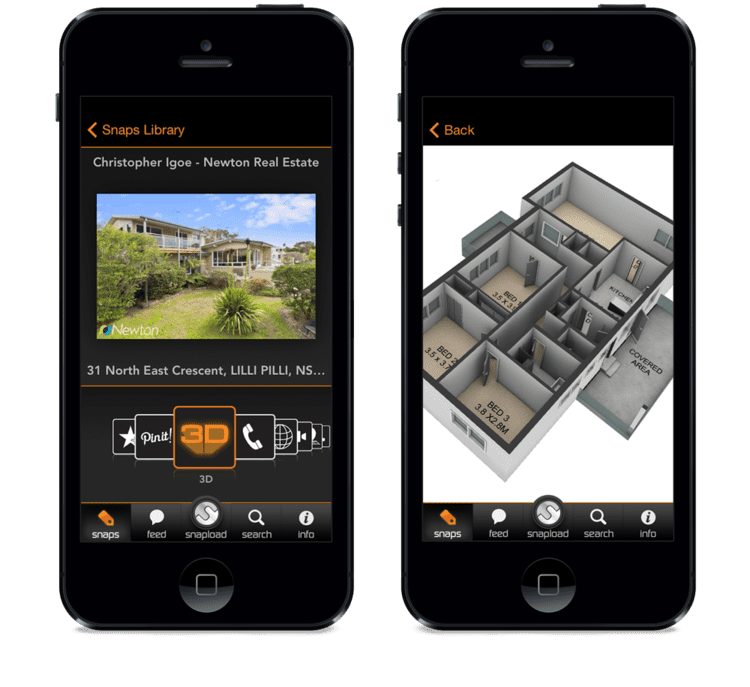AN AUGMENTED WORLD AHEAD IN REAL ESTATE
Technology plays a crucial role in the real estate industry. From drones, which we recently discussed, to digital tours and search functions for local properties, home sellers, buyers, and agents use the newest technologies to improve the property buying and selling experience.
With that said, it’s an exciting time for the real estate industry and the growth of technology that will allow us to do new and exciting things in the field. Specifically, the growth of the Augmented Reality (AR) and Virtual Reality (VR) fields has been exponential in recent years, legitimized by the interest and investment of major corporations in the technology.
While we have yet to see the kind of wide scale adoption of this technology that we may some day and certain attempts have stuttered out of the gate (such as Google Glass), the technology continues to advance and is offering some exciting and interesting new opportunities for real estate marketing.
How AR and VR Have Grown
Augmented reality is the use of technology to display or enhance information through real world displays. Imagine a phone displaying in-depth information about a restaurant when you view its picture or getting a guided tour of a property from a single image of it. This is what AR is capable of right now – imagine what it will be capable of next.
Google has long been interested in this new frontier of technology and Apple has recently started to invest heavily with acquisitions of Leap Motion and Metaio. The former offers enables natural physical movement of your hands to interact with digital objects on screen – both through AR (with a display) and VR (with a headset). The latter is a technology developer, in the industry for more than 10 years and a leader in the software and tools that are being used for AR in a number of apps. These AR tools for 3D tracking are incredible and can be used across a number of industries including navigation, tracking, industrial design, and yes, real estate.
The Growth of AR and VR for Real Estate
What Apple does with their recent acquisitions or how Google continues to invest and grow its AR efforts remains to be seen. But what we can see is how current AR pioneers are using the technology to benefit the real estate industry.
Snaploader, for example, offers 3D floor plans and in-depth property information that prospects can access simply by snapping a photo of the property using the Snaploader app which inturn retrieves a “carousel of wonders”, a small dial full of icons which have the property’s location, photos, floorplan, agent details and even an Augmented Reality experience. The depth of information available with a single photo is astounding and it can be used with billboards, brochures, or digital photos as well.
Matterport is another tool that takes the virtual tour experience to the next level with 3D showcases that completely immerse users in the property. The technology allows you to quickly capture a space in 3D, “walk” around inside of it, measure various objects for reference, and access additional listing information from within the walkthrough. This can be done with some mobile devices as well. Matterport creates a digital walkthrough of the property with built-in navigation options for the home and internet friendly full replication of the home.

The Continued Development of the AR World
The current technology is impressive and enhances the real estate selling process immensely, but it’s only going to continue growing from here. Apple purchased Metaio this year, preceeded by sales of 13th Lab and SLAM AR to Apple and Facebook. Even just this month, Qualcomm sold their AR unit, Vuforia, to PTC. As the technology consolidates under the umbrellas of larger companies that produce all-in-one digital experiences and the hardware necessary to create them, things are going to continue growing.
With Heads-Up-Display becoming more common in vehicles and other applications, AR will go mainstream in a big way very soon and when it does, this technology will have a bigger impact on the entire community, including real estate. The opportunities when this happens will be incredible.
